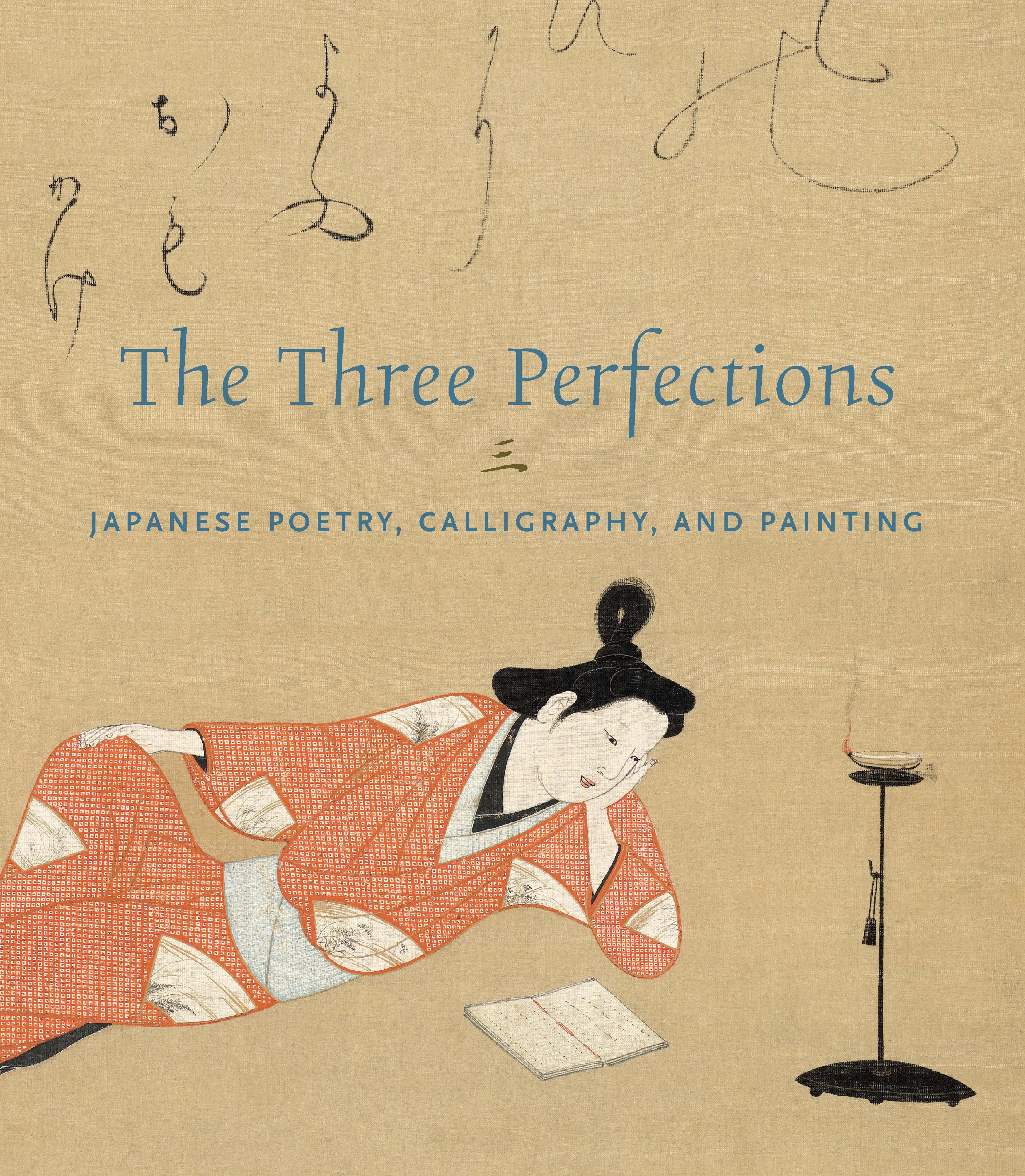Letter to Yamagishi Hanzan
Matsuo Bashō, the renowned peripatetic poet of seventeenth-century Japan, did more than any other to elevate the esteem and spread the popularity of the seventeen-syllable seasonal verse form haikai—now called haiku. The opening verse of a string of linked verses (renga), was originally called a hokku, comprising three lines with five-seven-five syllables respectively. This poetic form, practiced by Bashō and his many pupils and an infinite number of followers of later generations, injected wit and humor into Japanese versifying and encouraged anyone with a literary disposition to try their hand at composing a verse when the opportunity arose.
This letter was brushed by Bashō and sent to Yamagishi Hanzan 山岸半残 (1654–1726), the master’s nephew who also became a close disciple. Hanzan, whose given name was Jūzaemon 十左衛門, was born of samurai stock in Iga, Ueno (present Mie prefecture), where the master himself was born. Hanzan achieved a certain renown as one of the principal poets of the Bashō school from Iga. A good number of Bashō personal missives survive, mostly addressed to disciples who had asked for comments or critiques of their poems, as is the case here (see below). As is usually the case with Bashō’s correspondence, it is inscribed in a relaxed, informal epistolary style, which can be characterized as sotsui 卒意 (without deliberation). Typically in missives to his pupils, he gives extra space on the paper to places where hokku are inscribed, as if to give them breathing space and visual prominence (here, just to the right of the middle of the letter), featuring the master’s comments on Hanzan’s poem:
禰宜独 人は桜の まばら哉
Negi hitori/ hito wa sakura no/ mabara kana
A Shinto priest by himself—
since there are so few people
amid scattered cherry blossoms.
(Trans. John T. Carpenter)
This letter was brushed by Bashō and sent to Yamagishi Hanzan 山岸半残 (1654–1726), the master’s nephew who also became a close disciple. Hanzan, whose given name was Jūzaemon 十左衛門, was born of samurai stock in Iga, Ueno (present Mie prefecture), where the master himself was born. Hanzan achieved a certain renown as one of the principal poets of the Bashō school from Iga. A good number of Bashō personal missives survive, mostly addressed to disciples who had asked for comments or critiques of their poems, as is the case here (see below). As is usually the case with Bashō’s correspondence, it is inscribed in a relaxed, informal epistolary style, which can be characterized as sotsui 卒意 (without deliberation). Typically in missives to his pupils, he gives extra space on the paper to places where hokku are inscribed, as if to give them breathing space and visual prominence (here, just to the right of the middle of the letter), featuring the master’s comments on Hanzan’s poem:
禰宜独 人は桜の まばら哉
Negi hitori/ hito wa sakura no/ mabara kana
A Shinto priest by himself—
since there are so few people
amid scattered cherry blossoms.
(Trans. John T. Carpenter)
Artwork Details
- 山岸半残宛書簡 (Yamagishi Hanzan ate shokan)
- Title: Letter to Yamagishi Hanzan
- Artist: Matsuo Bashō 松尾芭蕉 (Japanese, 1644–1694)
- Period: Edo period (1615–1868)
- Date: dated 1685 (Jōkyō 2)
- Culture: Japan
- Medium: Letter mounted as a hanging scroll: ink on paper
- Dimensions: Image: 5 3/4 × 43 1/2 in. (14.6 × 110.5 cm)
Overall with mounting: 42 1/2 × 44 3/4 in. (108 × 113.7 cm)
Overall with knobs: 42 1/2 × 46 7/8 in. (108 × 119.1 cm) - Classification: Calligraphy
- Credit Line: Mary and Cheney Cowles Collection, Gift of Mary and Cheney Cowles, 2020
- Object Number: 2020.396.23
- Curatorial Department: Asian Art
More Artwork
Research Resources
The Met provides unparalleled resources for research and welcomes an international community of students and scholars. The Met's Open Access API is where creators and researchers can connect to the The Met collection. Open Access data and public domain images are available for unrestricted commercial and noncommercial use without permission or fee.
To request images under copyright and other restrictions, please use this Image Request form.
Feedback
We continue to research and examine historical and cultural context for objects in The Met collection. If you have comments or questions about this object record, please contact us using the form below. The Museum looks forward to receiving your comments.
